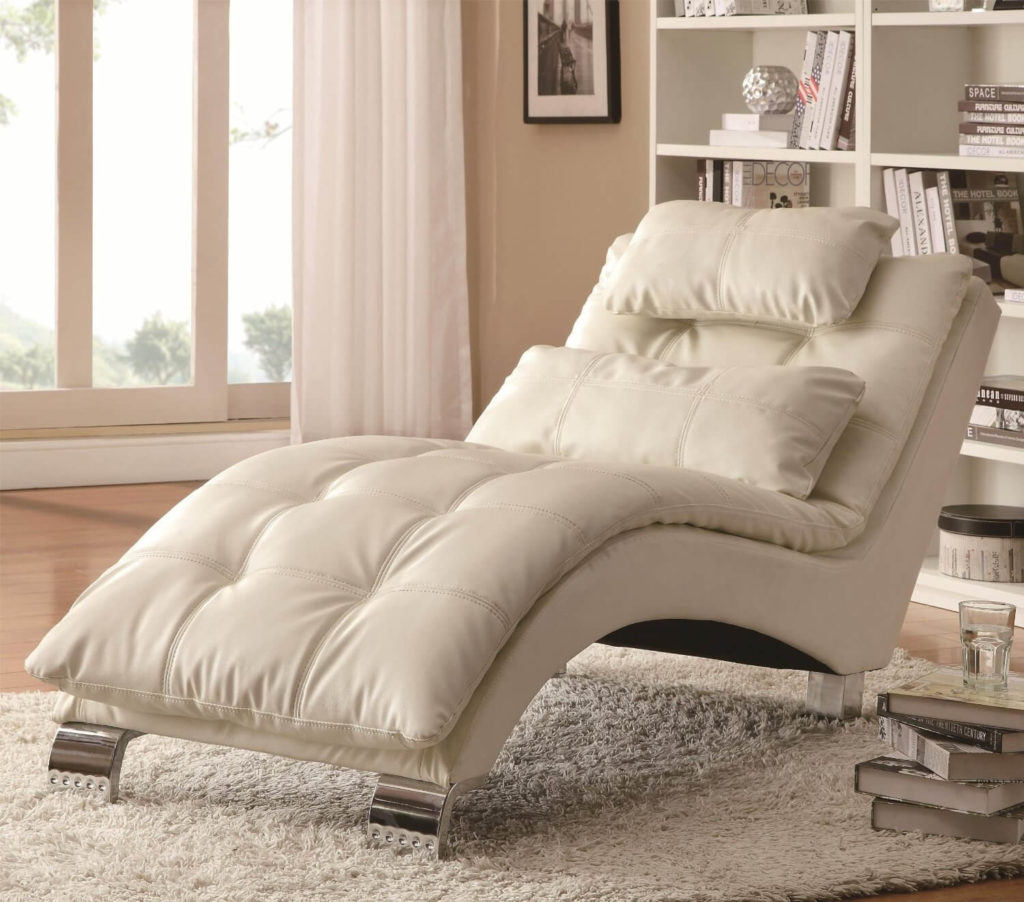The Single Chaise Lounge Chair

The chaise lounge chair, a symbol of relaxation and comfort, has a rich history spanning centuries, evolving from its humble beginnings to its sophisticated modern forms. This journey reflects the changing tastes and needs of society, with each era leaving its mark on the design and functionality of this iconic piece of furniture.
A History of the Chaise Lounge Chair, Single chaise lounge chair
The chaise lounge chair traces its origins back to ancient civilizations. The Egyptians, known for their luxurious lifestyle, used reclining chairs called “klismos” for rest and relaxation. These chairs, typically made of wood and adorned with intricate carvings, often featured a curved backrest and a slightly elevated footrest.
The Romans, inspired by the Egyptians, developed their own version of the reclining chair, known as the “lectus.” The lectus, often used for dining and socializing, featured a raised platform with cushions and a footrest. The Romans also introduced the use of materials like marble and bronze in chair construction, adding a touch of opulence to their reclining furniture.
During the Renaissance, the chaise lounge chair experienced a resurgence in popularity, with artists and designers drawing inspiration from classical antiquity. The “chaise longue,” a French term meaning “long chair,” emerged as a popular form of reclining furniture. These chairs, often adorned with elaborate upholstery and carvings, were a symbol of wealth and status, often found in the homes of the elite.
The 18th century saw the chaise lounge chair evolve into a more refined and functional piece of furniture. The “fauteuil à oreilles,” a chair with tall, ear-shaped backrests, became a popular style, offering both comfort and privacy. This era also saw the introduction of new materials, such as cast iron and wicker, into chair construction, expanding the range of design possibilities.
The 19th century marked a period of significant innovation in chaise lounge chair design. The “Empire style,” characterized by its bold lines and classical motifs, was popular during the early part of the century. Later, the “Art Nouveau” movement brought a focus on organic forms and natural materials, resulting in chaise lounge chairs with flowing curves and delicate floral patterns.
The 20th century witnessed the rise of modernism in furniture design, with a focus on functionality and simplicity. Notable designers like Marcel Breuer and Le Corbusier created chaise lounge chairs with minimalist forms and streamlined designs. These chairs, often made of steel and leather, embodied the spirit of the modern age, emphasizing comfort and practicality.
Key Innovations and Trends
The evolution of the chaise lounge chair has been shaped by a number of key innovations and trends:
* Materials: The introduction of new materials, such as cast iron, wicker, steel, and plastic, has expanded the range of design possibilities for chaise lounge chairs. These materials have allowed for greater flexibility in form and functionality, enabling the creation of chairs that are both durable and aesthetically pleasing.
* Ergonomics: The focus on ergonomics in chair design has led to the development of chaise lounge chairs that provide optimal support and comfort. This has involved considering factors such as the angle of the backrest, the height of the footrest, and the shape of the seat.
* Functionality: Chaise lounge chairs have evolved to serve a variety of purposes, from relaxation and reading to sunbathing and napping. This has led to the development of chairs with features such as adjustable backrests, built-in reading lights, and even integrated sound systems.
* Style: The style of chaise lounge chairs has been influenced by a range of artistic movements, from classical antiquity to modernism. This has resulted in chairs with a wide variety of forms, from the elegant curves of the Art Nouveau style to the minimalist lines of modernism.
A Timeline of Significant Milestones
The following timeline highlights some of the significant milestones in the history of the chaise lounge chair:
- Ancient Egypt (c. 3000 BC): The “klismos,” a reclining chair with a curved backrest and a slightly elevated footrest, is developed.
- Ancient Rome (c. 753 BC – 476 AD): The “lectus,” a raised platform with cushions and a footrest, is used for dining and socializing.
- Renaissance (14th – 16th centuries): The “chaise longue,” a French term meaning “long chair,” emerges as a popular form of reclining furniture.
- 18th century: The “fauteuil à oreilles,” a chair with tall, ear-shaped backrests, becomes a popular style.
- 19th century: The “Empire style” and “Art Nouveau” movement influence chaise lounge chair design.
- 20th century: Modernism emerges, with designers like Marcel Breuer and Le Corbusier creating minimalist and functional chaise lounge chairs.
- 21st century: Chaise lounge chairs continue to evolve, incorporating features such as adjustable backrests, built-in reading lights, and integrated sound systems.
A single chaise lounge chair is perfect for relaxing and reading a book, but if you want something a bit more stylish and modern, consider a contemporary leather lounge chair. These chairs offer the same comfort as a chaise but with a sleek, sophisticated look that will elevate any space.
A single chaise lounge chair can be a great addition to any room, offering a comfortable and stylish place to relax.
A single chaise lounge chair is a classic choice for relaxing in style. If you’re looking for something a little more unique, consider an acacia wood Santa Fe lounge chair. This chair blends comfort and style with its natural wood frame and plush cushions, making it perfect for any outdoor space.
A single chaise lounge chair can be a great addition to any home, providing a comfortable and stylish spot to unwind.